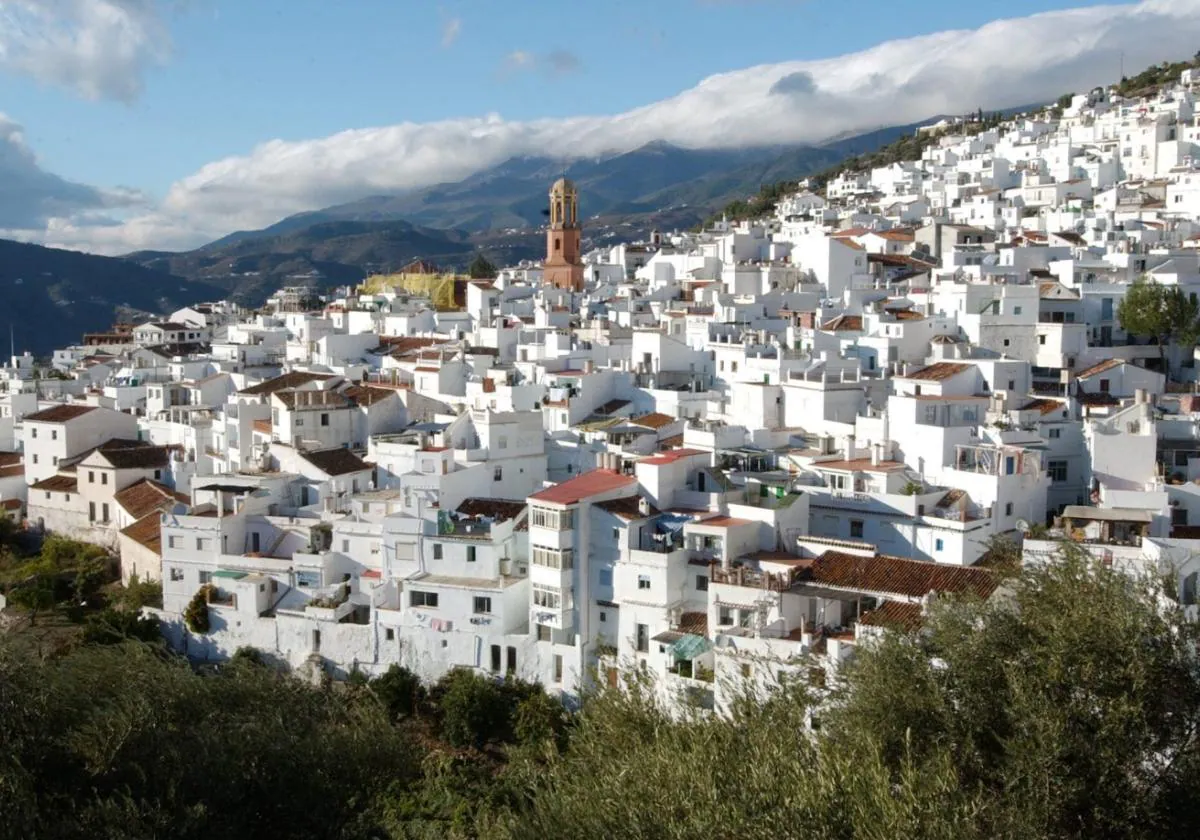Cómpeta: At a Roman crossroads
The village's name originates from the Latin word 'compitun' where festivals, feasts and sacrifices were held for the gods
Eugenio Cabezas
Viernes, 14 de abril 2023, 11:41
The village of Cómpeta in the Axarquía sits at the foot of the Sierra Almijara. Almost half of its 3,814 registered residents, 46.9 per cent, were born outside Spain and 50 per cent of its foreign population are British.
In fact, 884 Britons were registered in Cómpeta in 2022, according to data released by Spain's national statistics institute, INE, in January this year.
But where does the name of this popular village come from? According to Axarquía researcher Valentín Fernández, Cómpeta already had that name at the time of the Catholic Reconquista in 1487.
He says that in early documents dating from that period the name Cómpeta appeared although with slight variations.
According to Fernández, in 1490 the name 'Conpeta' was mentioned and in the 1492 census it was given the name 'Competa', while in 1494 it returned to 'Conpeta', with an 'n'.
The historian explains that this variation took place over several years until 1587, when the Ecclesiastical Census and the Royal Census established its current name, with an 'm': Cómpeta.
According to what author Chavarría Vargas published in 1997, the name Cómpeta refers to the Latin name 'compitun', which means 'crossroads' and its original Latin name was 'compita', which was respected by the Muslim settlers.
"This fact shows us that there was already a primitive Christian-Visigothic community which was the nucleus of the town. As is the case in neighbouring Sayalonga, whose name also has the same origin," says Fernández, who believes it is "probable that, after the disappearance of the Roman Empire, some communities of Hispano-Roman population moved up from the coast towards the mountains in search of the security that they offered, in a world in constant conflict".
However, this historian points out that there are no known remains of Roman origin in Cómpeta, "so it is to be assumed that the name Cómpeta comes from a settlement after the disappearance of the Roman Empire, but before the complete Muslim domination of the region".
It was named 'crossroads' for the location of where the village stands today, between the road to Granada, via the Blanquillo and Cómpeta passes, and the road that went to the coast, Vélez-Málaga and Malaga city.
In those days the road crossed the ridges that went down from Cómpeta to Sayalonga and from there to the coastal road. "The link between the road from Cómpeta and the coastal road was at another place of great interest, Competín," reveals Fernández.
Fernández goes on to explain that the crossroads were places where the Hispano-Roman population gathered for fairs. Thus, according to the first century BC Roman poet, Gratius Faliscus, the 'compita' were places where temples or altars were erected in honour of the gods 'Compitales Lares', or gods protectors of the crossroads.
The Compitales festivals were held at these crossroads and combined magic and superstition with the worship of the gods.
"These festivals were held after the Saturnalia on 17 December, which were closely related to our Christmas celebrations and slaves and free men attended these feasts. Each house contributed a cake and sacrifices were made. Slaves were freed from their obligations, "so that they would be kinder to their owners", explains Fernández.
The history teacher goes on to say that during the late Roman Empire the custom of making offerings at crossroads still survived, a practice considered pagan by Christians, who replaced the Roman altars with small Christian shrines.
"Many of these shrines still exist today at crossroads," he says.
